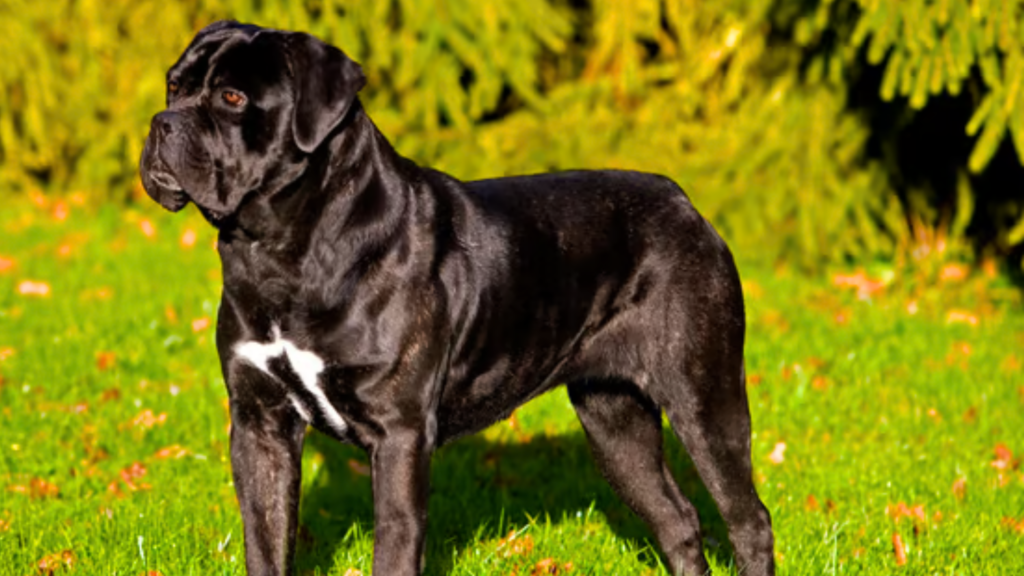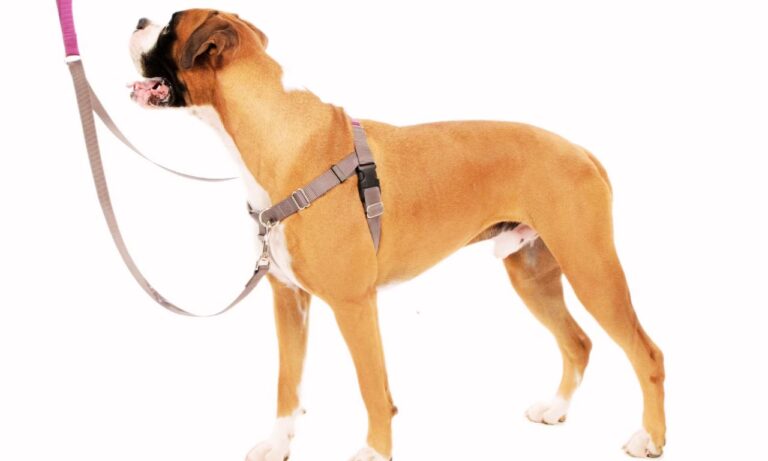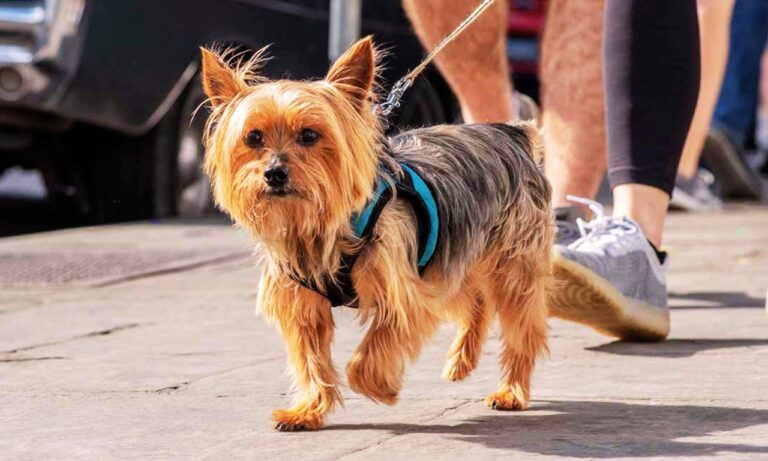| Summary: Cane Corso Bite Force PSI: The Cane Corso has a powerful bite force of about 700 PSI. This high PSI allows them to effectively protect their families and territory. Their bite strength is one of the most impressive in the dog world, reflecting their guarding heritage and physical prowess. |
The Cane Corso is one of the most powerful dog breeds in the world, and one of the key indicators of this strength is its bite force. With a bite force estimated at around 650 PSI (Pounds per Square Inch), the Cane Corso ranks among the top dog breeds for jaw strength. This immense power highlights not just the breed’s physical capability but also the need for responsible training and ownership.
Originally bred in Italy for protection and hunting, the Cane Corso possesses a strong, muscular build paired with a head designed for gripping and holding. As a pet owner myself, I will explore the science behind Cane Corso Bite Force PSI, how the Cane Corso compares to other breeds, the anatomy that contributes to its strength, and what owners should understand about living with a dog capable of such force. Discover the ideal fit by learning what size collar for Newfoundland dog to ensure your pet’s comfort and safety.
Blog Highlights
ToggleWhat Is Cane Corso Bite Force PSI?
Bite force in dogs refers to the pressure exerted by a dog’s jaws when biting. It is usually measured in PSI—pounds per square inch. This measurement helps quantify how powerful a dog’s bite is, and it’s influenced by the dog’s skull structure, muscle mass, and jaw mechanics.

There are several methods to estimate bite force. The most reliable involve electromyography (EMG) and computer simulations based on skull dimensions. However, true measurements of live dogs biting under controlled conditions are rare, due to ethical considerations. Thus, most figures for bite force—like the Cane Corso’s estimated 650 PSI—are approximations based on anatomy and breed characteristics.
Cane Corso Bite Force Compared to Other Breeds
The Cane Corso’s bite force is nothing short of formidable. To appreciate its strength, let’s compare it with other well-known breeds.

| Breed | Estimated Bite Force (PSI) |
| Kangal | 743 PSI |
| Cane Corso | 650 PSI |
| Rottweiler | 328 PSI |
| German Shepherd | 238 PSI |
| American Pit Bull | 235 PSI |
| Bulldog | 210 PSI |
| Labrador Retriever | 230 PSI |
The Cane Corso ranks second, just behind the Kangal, known for its extreme guarding capabilities. This Cane Corso Bite Force PSI makes the Cane Corso suitable for protection work but also requires owners to be extremely responsible with socialization and training.
Anatomy Behind the Cane Corso’s Powerful Bite
The Cane Corso’s jaw strength is due to a combination of its head structure, jaw muscles, and body mass.

Skull and Jaw Structure
The Cane Corso has a broad, square-shaped skull with strong cheekbones. The width of the skull and the short, powerful muzzle allow for greater leverage when biting. The upper and lower jaws align in a way that maximizes clamping power.
Unlike breeds with longer snouts (like Collies or Greyhounds), the Cane Corso’s shorter snout allows more pressure to be focused over a smaller area—producing a more powerful bite.
For expert tips on how to fit a collar on a Belgian Shepherd, this guide offers simple steps to ensure your dog’s collar fits securely and comfortably.
Jaw Musculature
Cane Corsos have well-developed temporalis and masseter muscles, the key muscle groups responsible for jaw movement. These muscles contract during a bite, pulling the jaws together with intense force. The Cane Corso’s musculature is not only functional but also contributes to their imposing appearance.
Size and Weight Contribution
With adult males weighing between 110 to 120 pounds and females between 90 to 110 pounds, the Cane Corso has significant mass to support this muscular system. Their body weight helps anchor them when applying bite force, especially in a protective or defensive stance.
Evolutionary Origins of the Cane Corso’s Bite Force
The Cane Corso’s strong bite is no accident. It’s the result of centuries of selective breeding for strength, control, and defense.

Roman War Dogs
The Cane Corso is descended from Roman Molossian war dogs, bred for guarding camps and fighting in battles. These dogs needed a bite that could immobilize enemy soldiers or animals effectively. Over generations, this characteristic was preserved and refined.
Boar Hunting and Farm Protection
In rural Italy, Cane Corsos were used for hunting wild boars—a task that required extreme courage and jaw power. Their bite had to penetrate thick hides and hold the animal until the hunter arrived. They were also used to guard livestock, deterring predators with their strength.
This heritage ingrained the Cane Corso with both physical capability and instinctual restraint. Today, their bite is powerful enough to defend, yet when trained properly, they can control this force precisely. Discover the perfect collar size for an Anatolian Shepherd Dog to ensure comfort and security for your furry friend.
Bite Force in Practical Situations
Understanding the Cane Corso’s bite strength is not just theoretical—it has real-world implications.

Protection Training
Many Cane Corsos undergo protection and Schutzhund training, where controlled bite work is practiced. In these scenarios, bite sleeves and suits are used to safely manage and measure a dog’s grip, intensity, and release response.
While PSI is not directly measured during training, trainers observe bite pressure and consistency. A Cane Corso’s ability to grip a bite sleeve with full-mouth contact and maintain control makes them ideal for certain security tasks.
Real-Life Biting Incidents
Though rare with well-trained dogs, bite incidents involving Cane Corsos can be severe due to their strength. In documented cases, their bite has caused deep puncture wounds, bone fractures, and tissue damage. This is why early training and socialization are crucial—controlling the dog’s behavior is the only way to ensure safety for both the animal and humans around it.
Training a Dog With a Strong Cane Corso Bite Force PSI
Training a Cane Corso is not about suppressing their bite—it’s about teaching control, restraint, and obedience.
Socialization
Socializing a Cane Corso from a young age helps them become comfortable in various environments, reducing anxiety-driven aggression. Introducing them to children, adults, animals, and different settings will help them recognize non-threatening situations.
Bite Inhibition
Bite inhibition is one of the most important skills a Cane Corso should learn. Starting during puppyhood, this involves teaching the dog to soften its bite when playing or responding to stimuli. Games like gentle tug-of-war and monitored play with other dogs are ideal settings.
Obedience and Commands
Commands like “leave it,” “drop,” and “release” must be taught early. A Cane Corso must learn to disengage immediately, even during high-energy situations. Professional training is often recommended for these powerful dogs.
Learn more about the unique double-layered coat of an Anatolian Shepherd and how to care for it effectively.
Health Issues That Affect Bite Strength
Even a dog with naturally high bite force may experience changes in strength due to health issues. Owners should be aware of the following conditions:
Dental Health
Broken or infected teeth, gum disease, or jaw injuries can reduce a Cane Corso’s ability to exert full bite force. Routine dental care, including brushing and vet dental cleanings, is vital.
Temporomandibular Joint Disorders (TMJ)
Like humans, dogs can suffer from jaw joint problems that affect opening and closing the mouth. This could limit the range or comfort of a bite and should be evaluated by a vet if symptoms occur.
Malnutrition or Muscle Atrophy
If a Cane Corso is not fed a diet rich in proteins, fats, and essential nutrients, it may experience loss of muscle mass, including jaw muscles. This will reduce their bite strength and overall vitality.
The Legal and Ethical Side of Bite Force
Owning a dog with a bite force of 650 PSI comes with significant responsibility.
Liability
In many regions, a dog bite can result in legal consequences for the owner, especially if the victim sustains serious injuries. Insurance companies may even deny coverage or require higher premiums for homes with Cane Corsos.
Breed Legislation
Some areas classify breeds like the Cane Corso as “dangerous” purely due to their bite potential. While controversial, this affects ownership, leasing, and public access rights. Responsible owners must be aware of local laws before adopting a Cane Corso.
Ethical Ownership
Having a dog with such power demands ethical ownership. This includes daily mental stimulation, consistent leadership, proper fencing, and supervised social interaction. Never encourage aggressive behavior or fail to address signs of dominance or fear-reactivity.
For insights on whether Pomeranians should wear a collar, including considerations for safety and alternatives, check out this informative article.
Bite Force vs. Temperament: A Balanced View
While the Cane Corso has one of the highest bite forces among domestic dogs, it’s essential to understand this doesn’t mean the breed is naturally aggressive.
According to the American Temperament Test Society, the Cane Corso has a temperament pass rate of 88%, comparable to many popular family breeds like Golden Retrievers and Boxers. This indicates the Cane Corso is typically stable, loyal, and confident—not dangerous.
The high bite force should be seen as a tool—one that can protect when needed but must be handled with respect and proper training. A Cane Corso is capable of both gentle companionship and formidable defense, depending on how it’s raised.
Conclusion
The Cane Corso’s bite force of 650 PSI places it among the elite when it comes to canine strength. This power reflects its history as a working, guarding, and protective breed. However, what truly defines the Cane Corso is not just its ability to bite—but its ability to know when not to.
Understanding the anatomy, comparing it to other breeds, and examining real-life applications of Cane Corso Bite Force PSI gives insight into why the Cane Corso is such a revered breed. When trained correctly and responsibly, the Cane Corso’s strength becomes a source of safety, loyalty, and companionship.From the war fields of ancient Rome to the family yards of today, this breed’s legendary power continues to impress—and when guided with structure and love, it becomes an unstoppable bond between human and dog. For a comprehensive guide on what kind of harness is best for a Pomeranian, including comfort and safety tips, check out this article.





